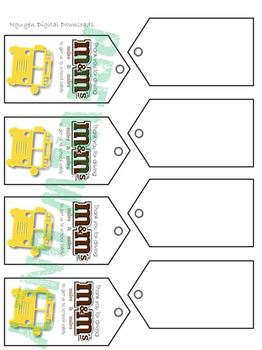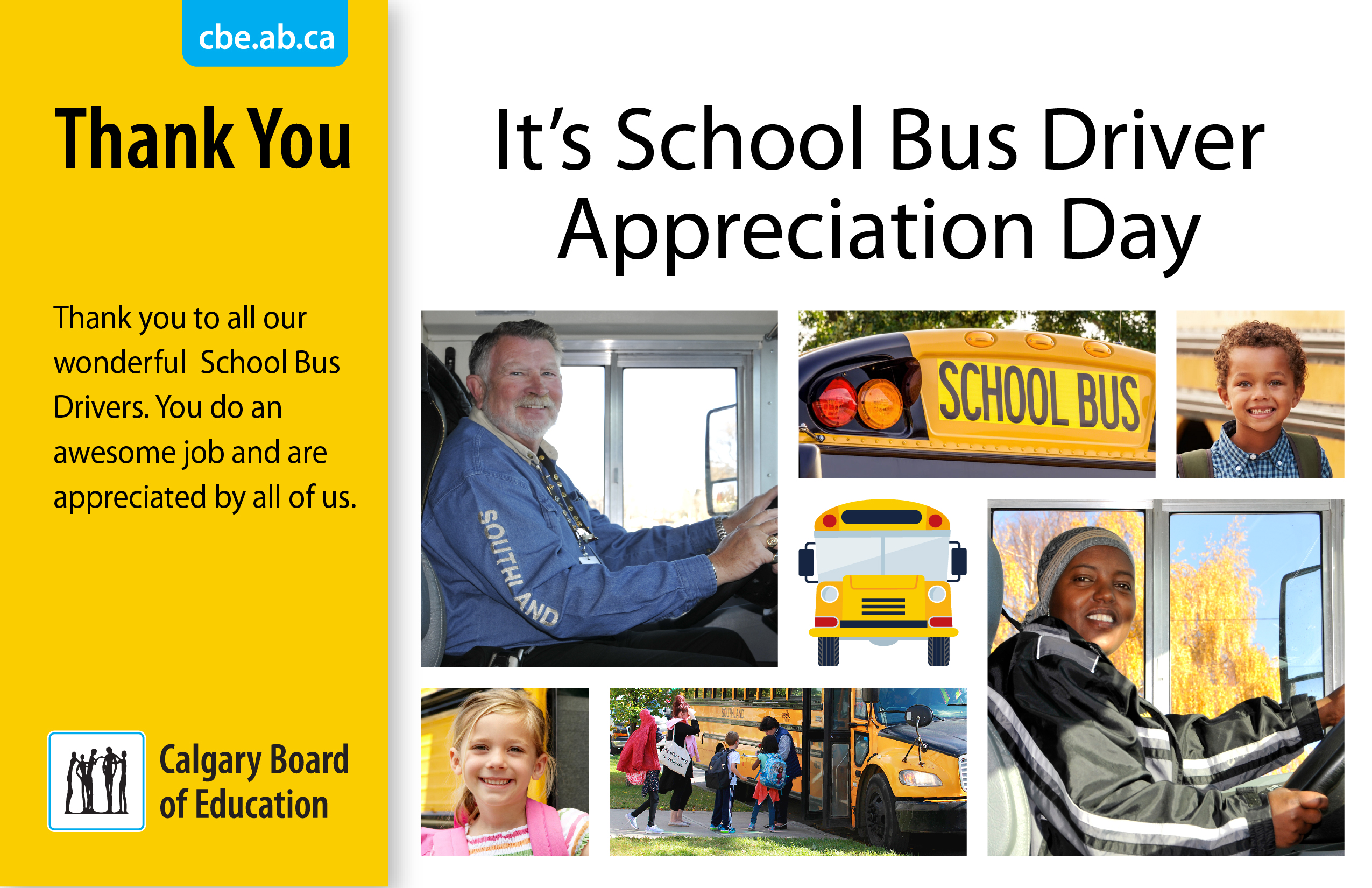
- BUS DRIVER APPRECIATION 2021 HOW TO
- BUS DRIVER APPRECIATION 2021 DRIVERS
- BUS DRIVER APPRECIATION 2021 FULL
- BUS DRIVER APPRECIATION 2021 WINDOWS
While I was talking with Chen, Ye Rong, a fifty-six-year-old retired immigrant from Fujian, chimed in, “Here, if I’m cold, I ask the driver and he closes the windows if I’m hot, he turns on the air conditioning. If there are more passengers than seats, people settle onto plastic stools set up in the aisle. It could easily be a ride on a bus in rural China: tinny, saccharine pop is piped in through the van’s speakers people chat in their local dialects about the price of cabbage.
BUS DRIVER APPRECIATION 2021 HOW TO
Then what options do you have? You have no idea where to go, you look around and there are no Chinese, you can’t ask anybody how to get home.”Ī ride on a Chinatown van, on the other hand, is a relatively familiar experience for a Chinese immigrant. “If you pass your stop, or you take a little nap, when you bring your head up you know you made a mistake and have no idea where you are. “But it can also be very difficult,” he said. I know, if I see a ‘B-R-,’ that it’s going to Eighth Avenue”-the Sunset Park neighborhood of Brooklyn. Chen Dao, a recent immigrant to Elmhurst from China’s Fujian province, told me, as he and his wife were riding a van home from a shopping trip in Manhattan’s Chinatown, “I’ve learned to read the subway signs a little bit, and I can recognize some English words. For many of these immigrants, taking the subway or bus can be an uncomfortable experience. It is not uncommon for residents of New York’s Chinese communities to speak little or no English, even if they have lived in the city for decades. The vans can cut the transit time between these areas in half-the direct trip from Chinatown to Flushing takes about thirty-five minutes, compared to roughly an hour and ten minutes by subway-making regular commutes and social visits possible and allowing these insulated enclaves to stay connected.īeyond convenience, there is the issue of language. As rising rents and other costs have pushed Chinese immigrants out of Chinatown, they have relocated to outer-borough neighborhoods that are underserved by public transportation. Along with Manhattan’s Chinatown, those neighborhoods contain the city’s major Chinese immigrant communities. 艾姆赫斯特, 法拉盛, and 布碌崙-in English, Elmhurst, Flushing, and Brooklyn (Sunset Park). Destinations for vans leaving from Manhattan’s Chinatown include
BUS DRIVER APPRECIATION 2021 FULL
Network Chinatown Return to Full MapĪ ride in one of the informal vans serving New York’s Chinese communities does not require an understanding of Mandarin, Cantonese, or the regional dialect from China’s Fujian province-but it certainly wouldn’t hurt. Dollar-van lines, by their nature, change slightly from day to day owing to the needs of passengers, road maintenance, or the caprice of drivers, but this map represents the major lines and connections that define New York City’s shadow transportation system. The licensed vans operate under highly restrictive rules, which forbid them from picking up along New York City’s innumerable bus routes and require all pick-ups to be prearranged and documented in a passenger manifest.įor the past year, I have been researching, riding, and mapping the city’s dollar vans. Still, the number of illegal, unlicensed vans continues to outstrip by far the four hundred and eighty-one licensed ones. Since 1994, the New York City Taxi and Limousine Commission has been issuing van licenses, allowing vehicles to serve parts of the city with sufficient public need.

Vans have had a long and tumultuous regulatory history, with oversight changing hands several times in the past thirty or so years and drivers-who are largely immigrants themselves-facing police harassment.

Instead, riders come to know these networks through conversations with friends and neighbors, or from happening upon the vans in the street. There is no Web site or kiosk to help you navigate them. The informal transportation networks fill that void with frequent departures and dependable schedules, but they lack service maps, posted timetables, and official stations or stops. Today, dollar vans and other unofficial shuttles make up a thriving shadow transportation system that operates where subways and buses don’t-mostly in peripheral, low-income neighborhoods that contain large immigrant communities and lack robust public transit.
BUS DRIVER APPRECIATION 2021 DRIVERS
The drivers eventually expanded their businesses, using thirteen-seat vans to create routes in places like Flatbush, Jamaica, Far Rockaway, and downtown Brooklyn. Eleven days later, the strike ended, but the cars and vans drove on, finding huge demand in neighborhoods that weren’t well served by public transit even when buses and trains were running. In 1980, when a transit strike halted buses and subway trains throughout New York’s five boroughs, residents in some of the most marooned parts of the city started using their own cars and vans to pick people up, charging a dollar to shuttle them to their destinations.


 0 kommentar(er)
0 kommentar(er)
